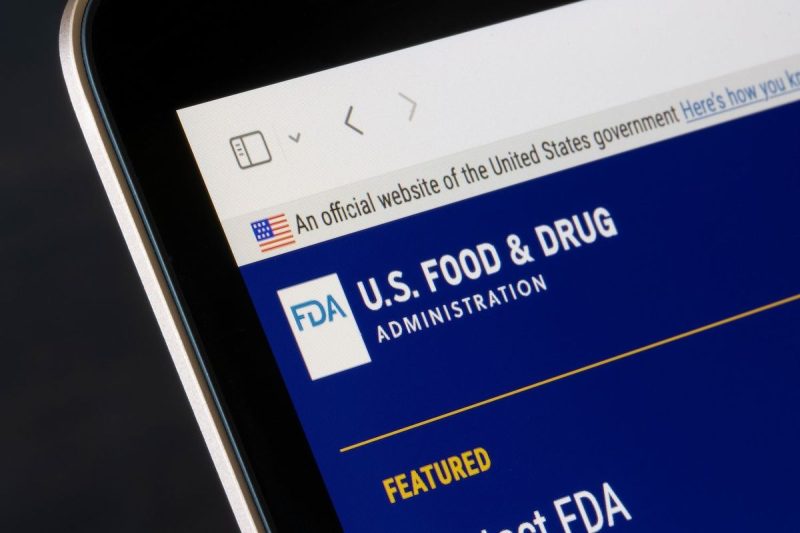In recent years, the herbal supplement Kratom has gained popularity for its potential therapeutic benefits and as an alternative remedy for various ailments. The Food and Drug Administration (FDA) recently conducted a review of Kratom capsules and found them to be safe for consumption. While this news is reassuring for Kratom users, questions about the safety and regulation of more concentrated forms of Kratom, such as extracts and tinctures, remain a concern.
Kratom, derived from the leaves of the Mitragyna speciosa tree native to Southeast Asia, has been traditionally used for its stimulant and pain-relieving properties. In the United States, Kratom has gained a following among people seeking a natural alternative to manage pain, anxiety, and opioid withdrawal symptoms.
The FDA’s findings regarding the safety of Kratom capsules are a step forward in establishing a clearer understanding of the potential risks and benefits associated with Kratom consumption. The agency’s evaluation likely involved examining the quality, purity, and dosage consistency of commercially available Kratom capsules to ensure they meet safety standards for consumption.
However, concerns remain regarding more concentrated forms of Kratom, such as extracts and tinctures. These products are typically processed to contain higher concentrations of Kratom’s active compounds, which can increase the risk of adverse effects or misuse. The FDA has raised concerns about the potential for overdose and addiction associated with high concentrations of Kratom, highlighting the need for further research and regulation in this area.
Regulating the production and marketing of concentrated Kratom products is essential to safeguarding consumer health and ensuring product quality and safety. Establishing clear guidelines for labeling, dosage recommendations, and quality control measures can help protect consumers from potential risks associated with concentrated forms of Kratom.
In conclusion, while the FDA’s findings on the safety of Kratom capsules are a positive development, questions about the safety and regulation of more concentrated forms of Kratom persist. It is imperative for regulatory authorities, manufacturers, and consumers to work together to ensure the responsible production, marketing, and consumption of Kratom products. By addressing these concerns proactively, we can promote the safe and beneficial use of Kratom as a natural remedy while mitigating potential risks associated with its concentrated forms.




























